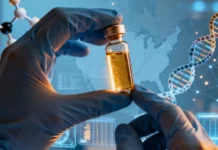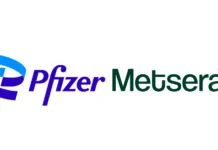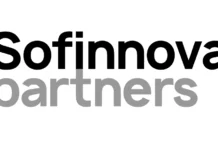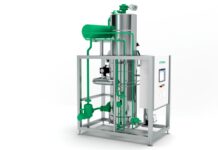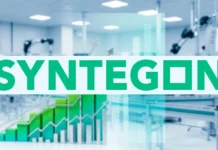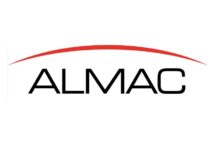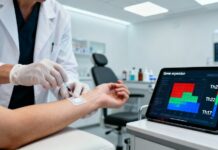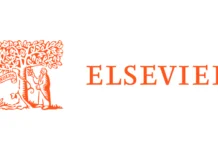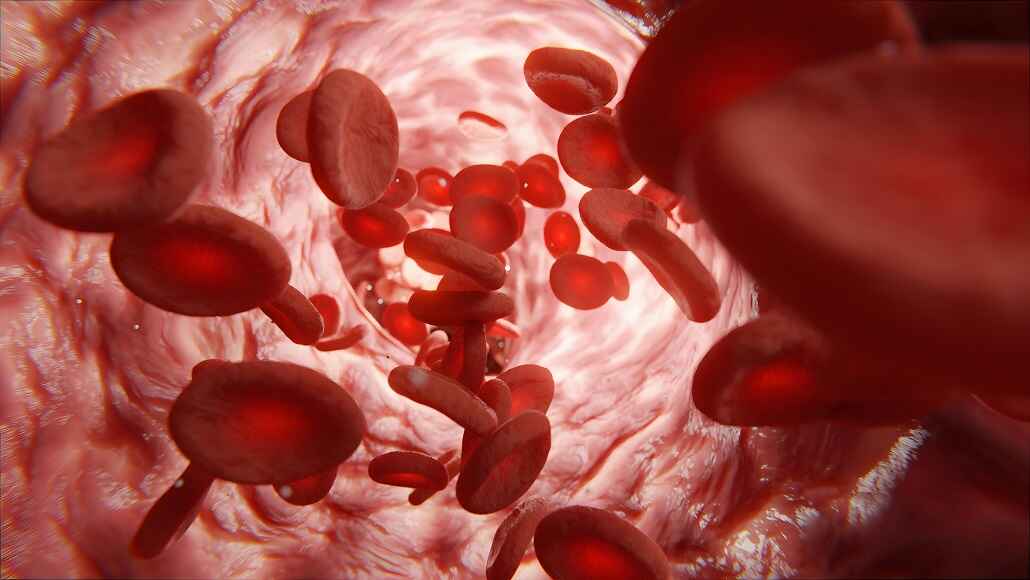When Willus Fisher, a doctorate candidate at the University of California, Santa Barbara, was instructing students in pharmacology, he encountered an issue that has persisted for the past four to five years. Fisher made this observation when he was teaching students.
The trade-offs of precision dosage with an intravenous (IV) as opposed to an oral tablet, in which one cannot manage the pharmaceutical concentration levels within the blood very effectively, were brought up by him. He stated that he did this every year. It would seem that he had this issue well ingrained in his thoughts. The crux of the matter is that this is not a new issue, and it is a well-known fact that intravenous administration is the most effective method for administering medication for more immediate effects. The intravenous approach provides the medications with a direct path into the circulation by avoiding the gut gauntlet. As a result, a lower quantity of the drug is needed, and the doses may be evaluated and adjusted in real time as the infusion is being administered.
Oral delivery, on the other hand, has its own set of benefits, including the fact that it is far more convenient and does not need the patient to spend any time in the chair. In addition to this, there is a possibility of injection, which you should avoid, as well as the possibility of vein injury and blood clots potentially occurring.
However, after the tablet is taken, the medication must travel through the digestive system. It is rather difficult to determine how much of the drug enters the circulation; hence, it is not feasible to manage the concentration once it is present in the bloodstream. In the United States, this form of imprecision is responsible for the deaths of over nine thousand individuals each year and also causes 1.3 million patient injuries that might have been averted. It is important to emphasize that this is something that should be taken into consideration. The total cost of all of this to the healthcare system is around forty billion dollars.
Fisher had been concentrating on these issues when he met Aria Ghasemizadeh, who was a doctoral student in the biomolecular science and engineering graduate program. Ghasemizadeh was also investigating the problem of how to take advantage of the benefits of both worlds, namely, the advantages and comfort of a pill as well as the precision of an infusion. Fisher had been focusing on these issues throughout their time together. In circumstances in which access to hospitals is limited, such as in the case of field medicine and search and rescue operations, the distribution of medications in a timely and accurate manner is one way to reduce the amount of uncertainty that exists in an environment that is constantly changing.
According to Ghasemizadeh, if it were possible to combine accuracy and mobility in a medication dosage platform, then there would be access to technology that provides advantages that are unparalleled to the field of medicine as well as to medicine in general. Not only would these hospitals located outside of the hospital be able to get the drug on demand, but they would also be able to obtain it with the same level of accuracy that is expected in hospitals.
A gadget that could go on to activate isolated drug molecules inside the blood stream as necessary and, at the same time, monitor the activation of the medication in a non-invasive manner was a fortunate notion that was developed.
According to Fisher, as soon as the system was being detailed, there was an intravenous drip that was a thousand times more effective than the one first stated. And immediately after that, the two individuals entered into a partnership with the intention of creating a gadget similar to this one, while also advancing their business acumen by participating in the Technology Management Program at the University of California, Santa Barbara. The implication was that there was a wearable device that continuously monitored and regulated the concentration of the drug molecules. This was done in order to ensure that the effectiveness of the medicine, whether it was administered in the form of a pill or a shot, could be improved while simultaneously minimizing any negative effects.
When it comes to this technique, the combination of light and a nanoparticle carrier that is capable of entrapping drugs is the most important factor. The fact of the matter is that when the nanoparticles in the bloodstream are exposed to light that comes from the wearable that penetrates the skin, the drug molecules that have been closed in the nanoparticles begin to break open. This results in the release of the drug in a concentration that is sufficiently high to be quite effective without being excessive. If, on the other hand, the device is able to monitor the appropriate amounts of medications within the circulation, any excess that may be present will be maintained inside the nanoparticle and, in the end, will be eliminated by the waste system of the body without being discharged.
There are technologies that are quite comparable to these that have been developed, and they are able to manage the location inside the body via which the medications are delivered. According to Fisher, if the accumulation of the carrier could be accomplished at a certain physiological point, then it would be possible to zap it with some type of external stimulation, which would also release the medications to the location where they are supposed to be.
In cases when chemotherapy is being used to treat solid tumors, this might be of particular application. The use of this technique in conjunction with wearables has been implemented in order to get the necessary medication concentrations throughout the body. This has made it possible for the medicine to be utilized for a wide range of ailments that extend beyond solid tumor malignancies.
In addition to these benefits, there are further benefits. Patients may also be able to spend less time in the clinical environment as a result of the ability to monitor and control the release of the medicine into the bloodstream. This may result in a reduction in the amount of money spent on medical care as well as an improvement in the overall quality of life. On the other hand, hospitals and clinics are able to avoid the high expense of dose mistakes while also providing high-quality patient care. This is what makes it possible for them to carry on to avoid the high cost of dosage errors.
Despite the fact that this sort of promising technology is still in its infancy, it has already gone on to get recognition from the Technology Management Program. Ghasemizadeh and Fisher both came in second place when it comes to the Technology Push category at the annual New Venture Competition that is carried out by TMP.





